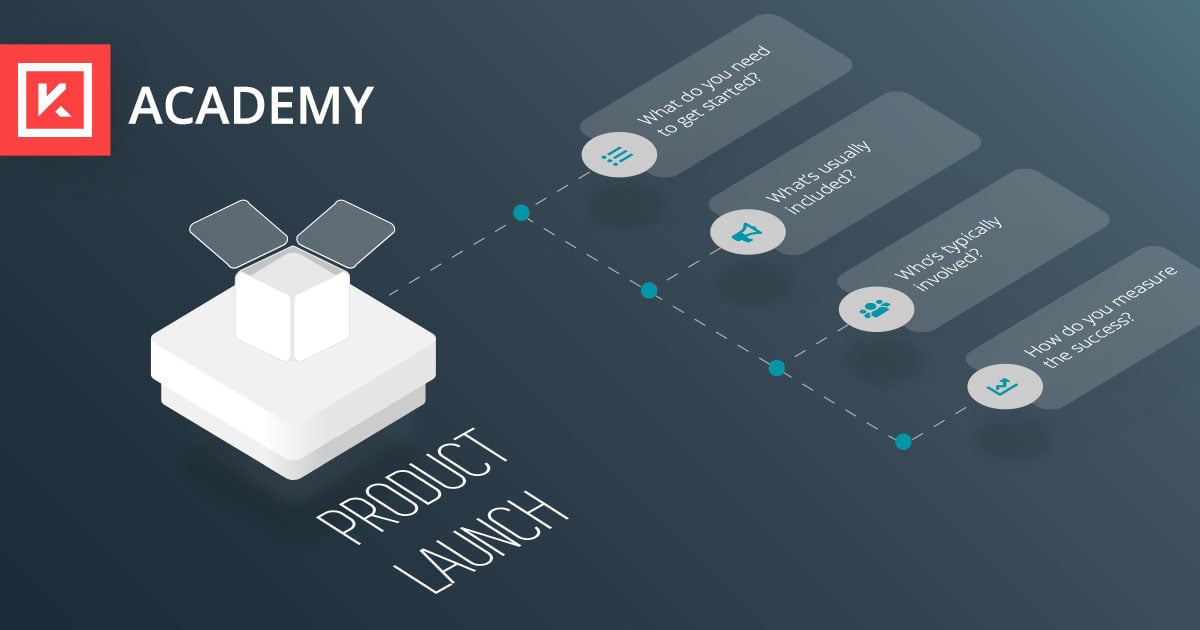Using Competitive Analysis to Spot Potential Threats to Your Business
There are three main phases to developing a good process for proactive threat identification. Read how incorporating competitive analysis can help...
Many people use the terms “go-to-market (GTM) strategy” and “product launch” interchangeably. But that reveals a misunderstanding of what each term means. The two things are definitely related, but they’re not the same.

Many people use the terms “go-to-market (GTM) strategy” and “product launch” interchangeably. But that reveals a misunderstanding of what each term means. The two things are definitely related, but they’re not the same.
For product marketers, understanding the distinction between a product launch and GTM strategy matters. And making sure that others in your organization understand it as well can help them gain a better understanding of the role of product marketing—something many product marketers say their colleagues still struggle with.
Two main things distinguish a GTM strategy from a product launch.
First, a GTM strategy can be applied to a number of scenarios including, but not limited to, creating and launching a new product. For example, a business may want to employ a GTM strategy if they’ve decided to try pivoting their marketing strategy to a new audience, or when they’re releasing a new version of the product that includes different features and functionality than the previous one.
The second thing that distinguishes a GTM strategy from a product launch is its scope. When a GTM strategy is created for a new product, the launch will be part of the larger strategy—but one part of many. A GTM strategy includes more steps and a longer timeline than the product launch itself.
A product launch is the specific part of a GTM strategy that’s all about getting the completed product out into the world. A successful product launch ensures that the right people—your target audience—encounters compelling messaging that generates interest in your product. It’s a part of the process that’s heavy on marketing and PR.
That’s the high-level definition, but to give you an idea of what a product launch looks like in practice, here are several of the most common product launch FAQs answered.
1. What do you need to get started with a product launch?
Before you get to the point of launching a product, you need to cover a few important bases—most of them included in a GTM strategy:
2. What’s usually included in a product launch?
Once all those elements are in place, you’re ready to get to work on the product launch itself. A product launch typically includes a few main elements:
The specific details of your product launch will depend on what your research reveals about your audience and market. But the general bones of what’s included will look similar to this.
3. Who’s typically involved in a product launch?
Executing a product launch successfully requires involving all the right people. In most cases, that will include five main departments:
4. Why is a product launch plan important?
A product launch plan ensures that you’re organized and prepared as soon as your product’s ready to start selling it. Even the most amazing product could end up as a dud if the right people don’t hear about it, or if they aren’t persuaded to try it when they do first learn about it. A product launch strategy is how you avoid that fate.
By putting careful thought into how to present your new product and to whom, you’ll gain momentum in your early days on the market. That can make the difference between launching a successful product, or fizzling out before you even get started.
5. How do you measure the success of a product launch?
The best metrics to focus on when measuring the success of your product launch will always depend on your main goals. But a few possibilities that may help you determine how well your product launch has achieved its intentions include:
Planning a product launch isn’t the same thing as creating a GTM strategy, but it is an important part of many GTM strategies. And all the early steps of completing a GTM strategy for a new product are important for getting a product launch right.
There are three main phases to developing a good process for proactive threat identification. Read how incorporating competitive analysis can help...
From prosperity to a global pandemic, companies are constantly being forced to redefine and position themselves. So what is the cost of maintaining...
Evaluate the top competitive intelligence tools to find the right one for your business. Get detailed information on the functions, data sources,...
Be the first to know about new B2B SaaS Marketing insights to build or refine your marketing function with the tools and knowledge of today’s industry.